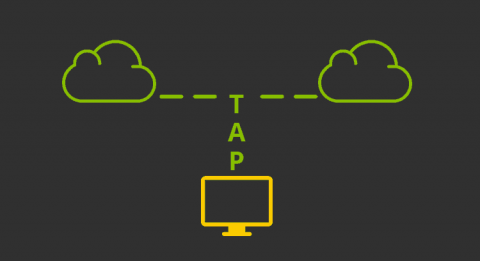AWS Elastic Beanstalk: Health and Metric Monitoring
Amazon Elastic Beanstalk allows you to quickly provision the infrastructure needed for an entire application without the hassle of managing the configuration of EC2 instances, Elastic Load Balancers, Auto Scaling, and many other AWS services. Elastic Beanstalk also automatically monitors these resources and provides a simplified view into your application’s health.











